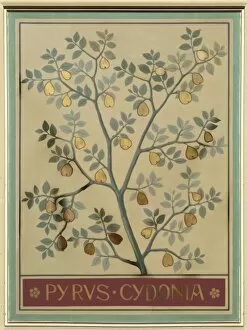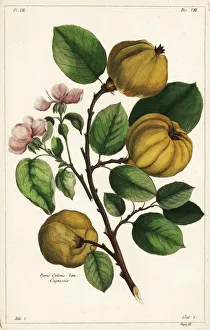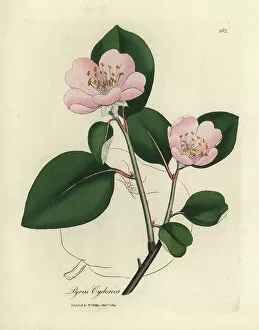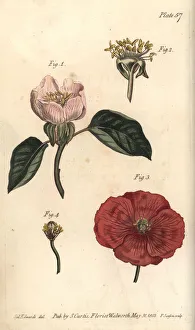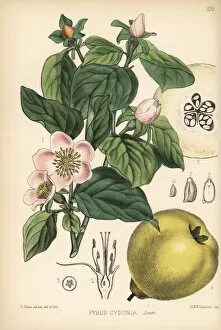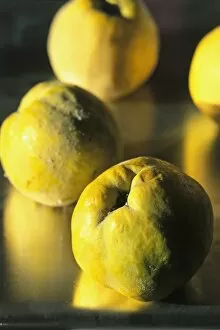Cydonia Collection
"Cydonia: A Tapestry of Nature's Delights" In the enchanting realm of Cydonia, a quince tree stands tall, adorned with its luscious fruits
All Professionally Made to Order for Quick Shipping
"Cydonia: A Tapestry of Nature's Delights" In the enchanting realm of Cydonia, a quince tree stands tall, adorned with its luscious fruits. The Cydonia oblonga, known for its aromatic and tangy quinces, graces this land with its bountiful harvest. Beside it blooms a pink flowered quince tree, Pyrus cydonia, captivating all who lay their eyes upon its delicate blossoms. Its vibrant colors paint a picturesque scene against the backdrop of this idyllic landscape. As we delve deeper into the mysteries of Cydonia, we stumble upon an ancient coin depicting Dionysos - a testament to the rich history that permeates these lands. Crafted by unknown hands in the late 3rd century BCE, it serves as a reminder of the gods' presence in this mythical place. Flowering shrubs add bursts of color to every corner; their chromolitho hues creating an ethereal ambiance. Fig trees intertwine with medlars and quinces - nature's tapestry woven seamlessly together. Amidst this floral symphony lies another gem - the exquisite beauty of Quince flowers intertwined with poppies. Their contrasting petals dance harmoniously under gentle breezes that whisper tales from centuries past. The allure continues as we encounter more varieties of quinces - both Pyrus cydonia and Cydonia oblonga grace our path. Their unique flavors tantalize taste buds while evoking memories long forgotten. Leonhart Fuchs immortalized these treasures in his botanical masterpiece "De historia stirpium. " His intricate illustrations showcase not only Quince but also Marsh Marigold, Japonica, Violet – each capturing nature's splendor on paper through watercolors. Yet amidst such beauty lies danger too; black henbane lurks nearby with its toxic allure. It reminds us that even paradise has shadows, and we must tread carefully in this realm of Cydonia.

